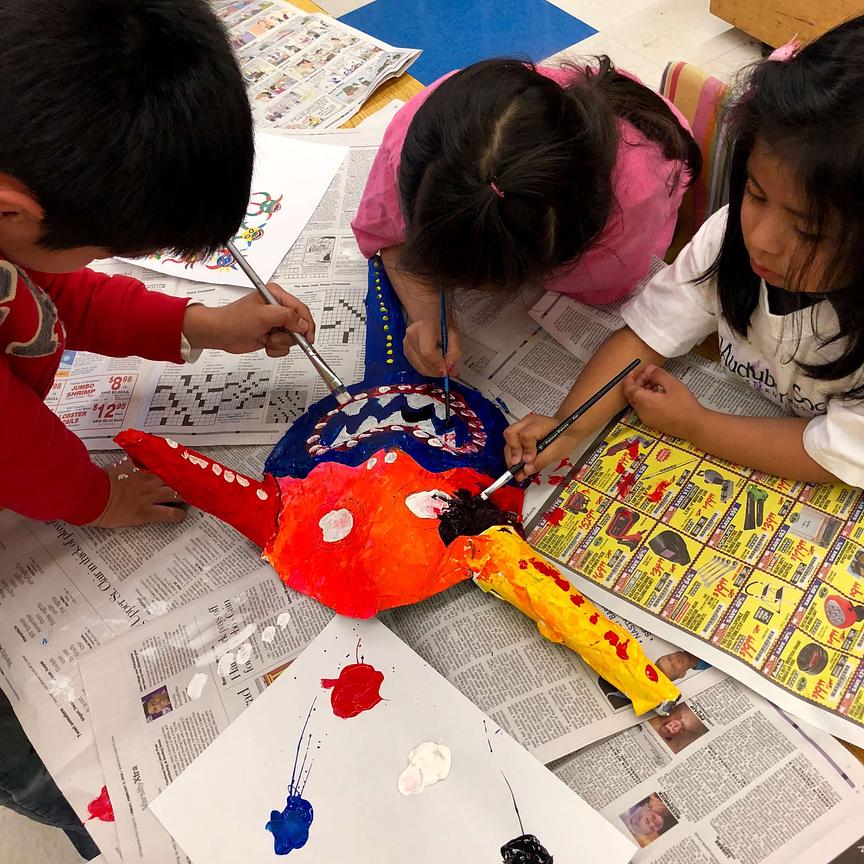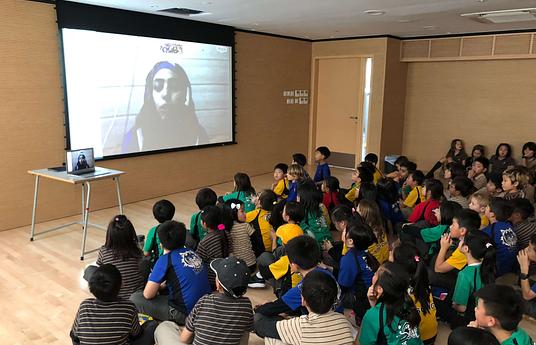In recent years, the changing landscape of Pittsburgh's population has brought both exciting opportunities and challenges. As more Latinos have settled in the region, Pittsburgh's traditional monolingual approach to education, human services, and general systems and structures are no longer effective to enable all of its residents to thrive. This has given rise to the need for programs such as SOY (Supporting Our Youth) Pittsburgh, the only bilingual after school program in Allegheny County.
The mission of SOY Pittsburgh is to help Latino students close the existing academic achievement gap, developing pride in who they are as Latinos and preparing them for their future as Pittsburgh’s next generation of leaders. SOY Pittsburgh seeks to empower Latino youth to take pride in their heritage, and to prepare them for a successful future through four program goals:
- Academic Advancement
- Cultural Empowerment
- Social-Emotional Development
- Family Engagement
The students who participate in SOY Pittsburgh have a bright future ahead. Unfortunately, school data demonstrates that there is a large achievement gap between Latino students and their white peers, and as such academic advancement is a foundational program goal. Students in SOY receive daily homework help and tutoring, in addition to personalized practice through evidence-based, online accounts in bilingual reading and math that are monitored by program staff. The Out-of-School Time Supervisor analyzes individual student data at both the school and program level, in addition to what is observed through student-staff interaction, to tailor support to student need. A cornerstone of both SOY Pittsburgh's academic advancement and cultural empowerment goals is bilingual language development. A unique and important piece of SOY Pittsburgh's programming is that we recruit Latino and Spanish-speaking volunteers to tutor the students, providing them with successful role models to whom they can relate and look up to.
In this climate of anti-immigration sentiment permeating the United States, it is critical that students in SOY Pittsburgh take pride in their heritage, which includes developing both their Spanish and English language skills. There is extensive research demonstrating the benefits of bilingualism, and this is key for our students. Currently, the students in SOY Pittsburgh range in language skills from those who are fluent in Spanish and new to English to those who are fluent in English and experiencing the loss of their native Spanish. Our program staff includes certified elementary school teachers specializing in Spanish and English as a Second Language (ESL) who can help students' skills develop at a personal level. In addition to language development, SOY Pittsburgh programming builds students' knowledge of their heritage through community partnerships. Through our Artist in Residence program, in partnership with the Pittsburgh Center for the Arts, students work with a Mexican-American visual artist to explore art from their countries of heritage and a Puerto Rican musician to learn music from their native countries. Our partnership with Los Sabrosos Dance, Co. allows students to learn various Latin dances, connecting them through movement to their heritage, and our collaboration with Google's "Hola" group of Hispanic employees gives our SOY students the opportunity to learn coding from Spanish speakers in the tech industry. All of our partnerships and collaborations provide our students with the opportunity to interact with Latino professionals who are successful in their fields, a way to open doors to the future for our students who may have limited experiences.
SOY Pittsburgh's goal of social-emotional development is threaded throughout our programming as the staff builds positive, caring relationships with students. As many of our students have experienced trauma through adverse experiences, it is crucial that SOY is a safe and positive place for them to learn and have fun each day. Furthermore, SOY Pittsburgh is one of only two after school programs in the United States that is implementing The Positivity Project (P2), a national movement that helps students build positive relationships through identifying character strengths in themselves and others. This evidence-based model is moving our students towards being positive, caring individuals and away from the isolation and negativity that many have previously experienced.
Family engagement, the final goal of SOY Pittsburgh, is crucial when working with a community that can feel isolated or marginalized due to language and immigration concerns. Families whose children take part in SOY Pittsburgh attend at least three Latino Community Center/ SOY Pittsburgh events per year, including family meetings, parent education, and/or volunteer opportunities. The SOY Pittsburgh staff also supports our families with interpretation, school conferences, and advocacy to ensure students are receiving the educational supports and services they need. From the start of SOY Pittsburgh to March of 2019, we have observed the families of SOY Pittsburgh grow from a group of disconnected parents to a supportive community of families that help and care about one another. Families existing within this more connected community thrive, which leads to more positive outcomes for our SOY students.



